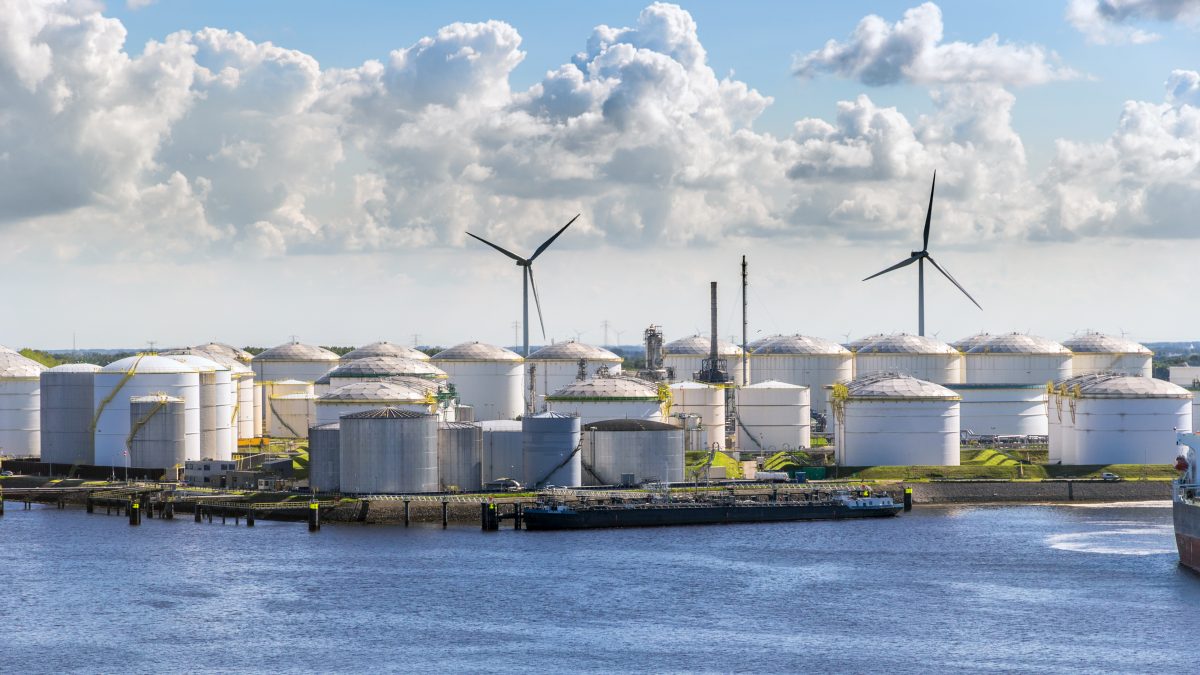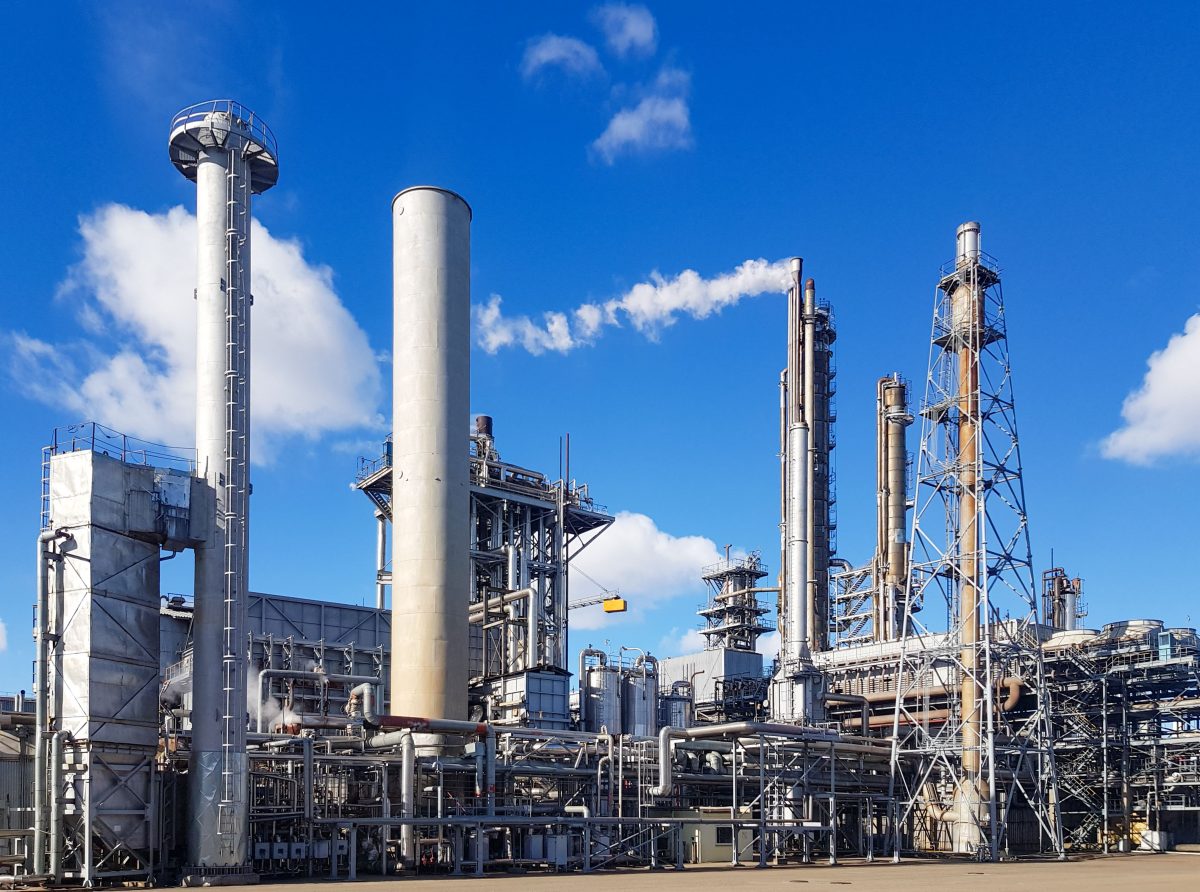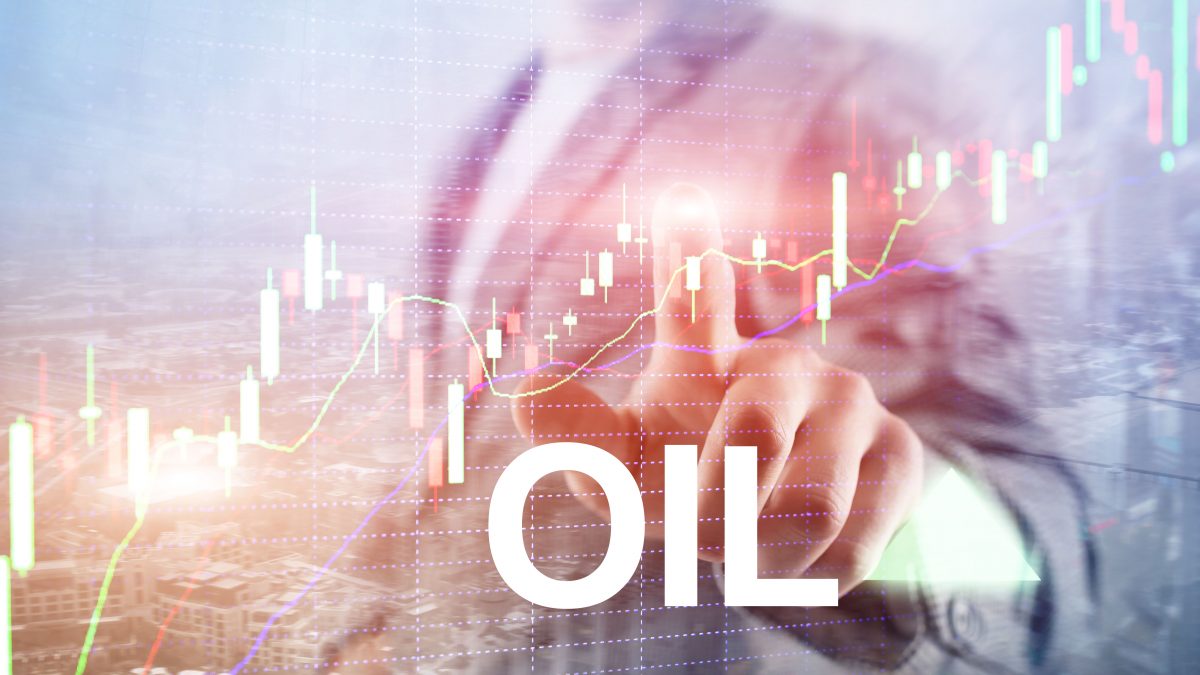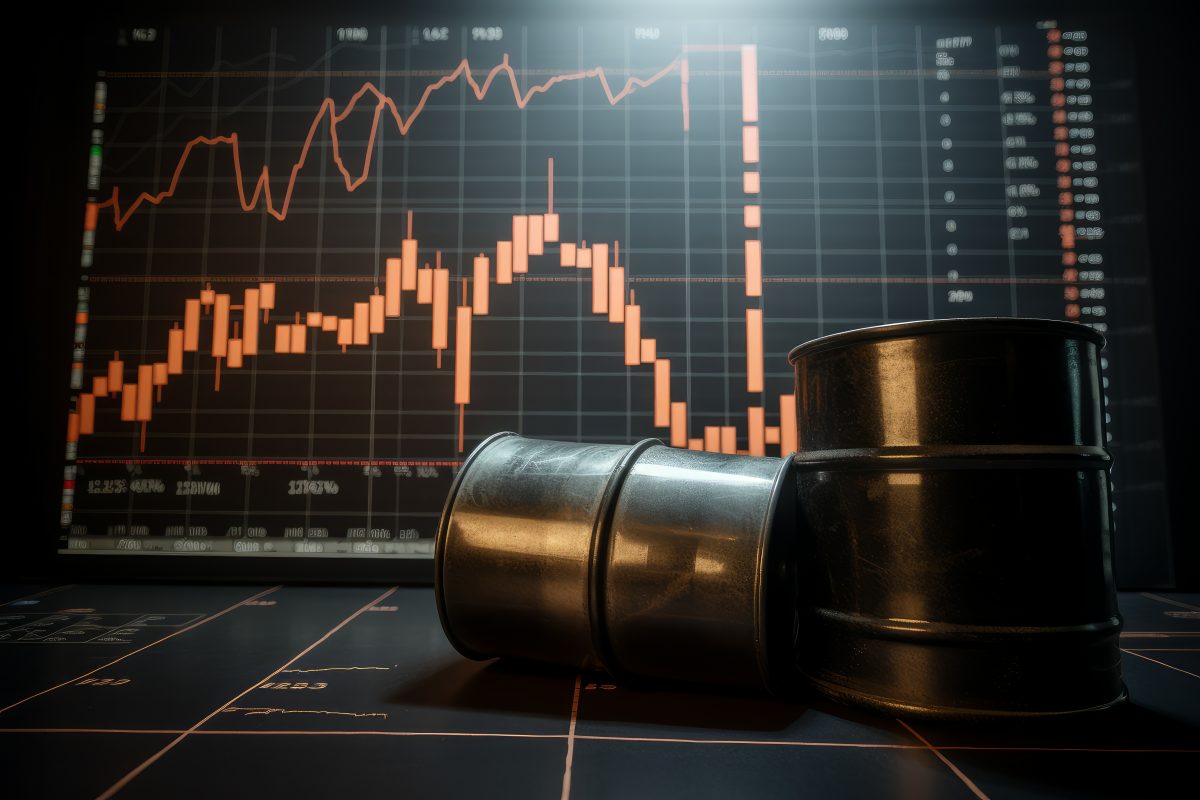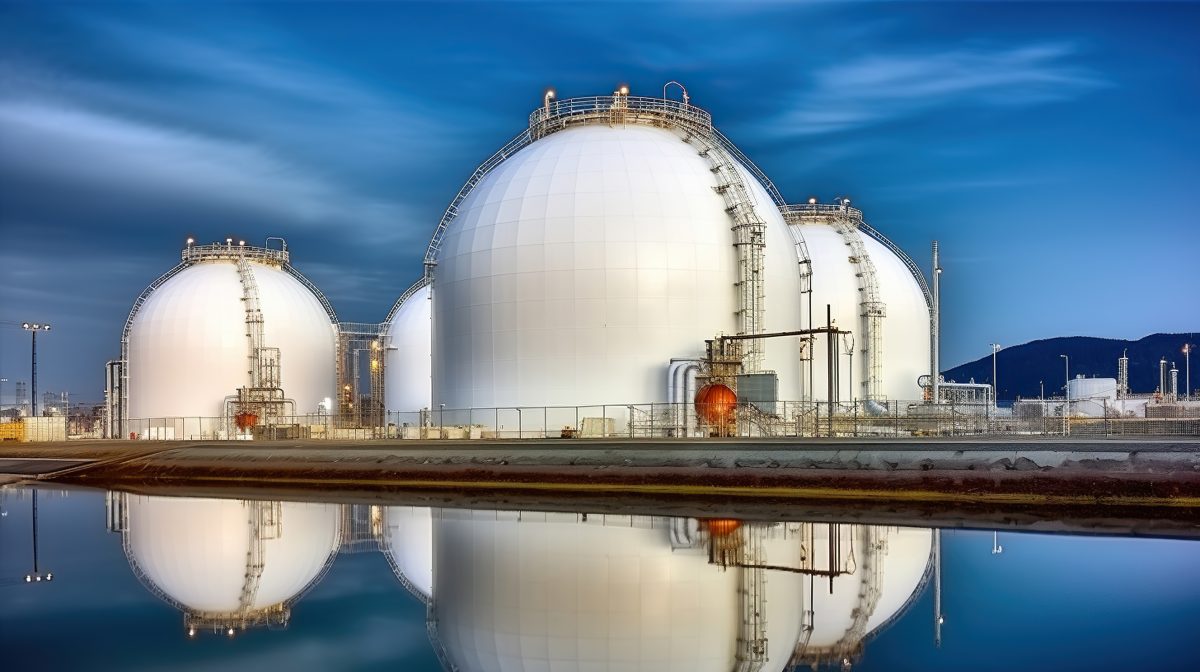Enbridge Inc. (“Enbridge” or the “Company”) (TSX: ENB) (NYSE: ENB) today announced that it has entered into three separate definitive agreements with Dominion Energy, Inc. to acquire EOG, Questar and PSNC for an aggregate purchase price of US$14.0 billion (CDN$19 billion), comprised of $US9.4 billion of cash consideration and US$4.6 billion of assumed debt, subject to customary closing adjustments.
Upon the closings of the three transactions, Enbridge will add gas utility operations in Ohio, North Carolina, Utah, Idaho and Wyoming, representing a significant presence in the U.S. utility sector. The Gas utilities fit Enbridge’s long held investor proposition of low-risk businesses with predictable cash flow growth and strong overall returns.
Following the closings, the Acquisitions will double the scale of the Company’s gas utility business to approximately 22% of Enbridge’s total adjusted EBITDA and balance the Company’s asset mix evenly between natural gas and renewables, and liquids.
The Acquisitions will lower Enbridge’s already industry-leading business risk and secure visible, low-risk, long-term rate base growth. Increased utility earnings enhance Enbridge’s overall cash flow quality and further underpin the longevity of Enbridge’s growing dividend profile.
Following the closings of the Acquisitions, Enbridge’s gas utility business will be the largest, by volume, in North America with a combined rate base of over CDN$27 billion and about 7,000 employees delivering over 9 Bcf/d of gas to approximately 7 million customers.
The Company estimates its purchase price for the Acquisitions at ~1.3x Enterprise Value-to-Rate Base (based on 2024 estimates) and ~16.5x Price-to-Earnings (based on 2023 estimates) and expects the Acquisitions to be accretive to Enbridge’s financial DCFPS and adjusted EPS outlook in the first full year of ownership adding shareholder value.
“Adding natural gas utilities of this scale and quality, at a historically attractive multiple, is a once in a generation opportunity. The transaction is expected to be accretive to DCFPS and adjusted EPS in the first full year of ownership, increasing over time due to the strong growth profile,” said Greg Ebel, Enbridge President and CEO.
“Following the closings of the Acquisitions, our Gas Distribution and Storage (“GDS”) business will be North America’s largest gas utility franchise. These Acquisitions further diversify our business, enhance the stable cash flow profile of our assets, and strengthen our long-term dividend growth profile. The transaction also reinforces our position as the first-choice energy delivery company in North America.
“The assets we are acquiring have long useful lives and natural gas utilities are ‘must-have’ infrastructure for providing safe, reliable and affordable energy. In addition, these gas utilities have each committed to achieving net-zero greenhouse gas emissions by 2050 and are expected to play a critical role in enabling a sustainable energy transition.
We are very excited by today’s announcement as these businesses align with Enbridge’s business risk model and long-term growth targets. The entire Enbridge team is committed to working with the EOG, Questar and PSNC teams and to investing in the communities they serve.
We look forward to serving our customers with dedication and to providing them with safe, reliable, and affordable energy service for years to come.”
The Gas utilities are domiciled in premier U.S. jurisdictions with transparent and constructive regulatory regimes that preserve customer choice to consume natural gas and have attractive capital growth programs. EOG, Questar and PSNC each have lower-carbon initiatives that are similarly aligned with Enbridge’s ESG goals.
Each of the Gas utilities have an excellent operating and safety track record. The experienced operating teams of each business will be joining the Enbridge team. Keeping with Enbridge’s history of successfully integrating acquired businesses, we expect to be able to integrate the Gas utilities’ businesses smoothly while continuing to deliver the service our customers expect.
“Today and for the long-term, natural gas will remain essential for achieving North America’s energy security, affordability and sustainability goals. Individually and collectively, the Gas utilities are perfectly complementary to our gas distribution business unit’s current operations and strategy.
These utilities operate in regions with very attractive regulatory regimes, offer diverse, low-risk growth opportunities, and are capital efficient with short cycles between capital deployments and earnings generation,” said Michele Harradence, President of GDS and Executive Vice President at Enbridge. “We are excited to be welcoming over 3,000 new employees into the Enbridge family.
In addition, we intend to continue the robust social, community and diversity, equity and inclusion initiatives that each Gas utility has committed to.”
COMMITMENT TO EOG, PSNC AND QUESTAR COMMUNITIES, CUSTOMERS, AND EMPLOYEES
Following the closings of the Acquisitions, EOG, PSNC and Questar each will continue to be regulated by the Public Utility Commission of Ohio, the North Carolina Utilities Commission, and the Public Service Commissions of Utah, Wyoming and Idaho, respectively. Enbridge looks forward to establishing a collaborative and mutually beneficial relationship with each of these regulatory bodies.
Enbridge’s existing natural gas utility has proudly served its customers for 175 years and has built its business on the key pillars of safety, reliability, affordability and customer service.
Enbridge actively invests in the communities it serves and looks forward to continuing the community service legacies of EOG, PSNC and Questar in their respective states. In addition, Enbridge offers a competitive and flexible Total Compensation package to its staff and seeks to maintain strong relationships with local unions and the local workforce.
FINANCIAL CONSIDERATIONS
Today’s equity offering, announced separately, is expected to fully address the Company’s planned discrete common equity issuance needs to finance this transaction.
It ensures the remaining funding requirements can be readily satisfied through a variety of alternate sources including hybrid debt securities and senior unsecured notes, continuing the Company’s ongoing capital recycling program, potential reinstatement of Enbridge’s Dividend Reinvestment and Share Purchase Plan, or At-The-Market equity issuances.
The acquisition of each Gas utility is expected to close in 2024, upon receipt of the applicable required federal and state regulatory approvals, which allows Enbridge flexibility to optimally balance the mix of financing alternatives prior to each closing. These sources may change, subject to market conditions and other factors.
Enbridge has obtained debt financing commitments totaling US$9.4 billion from Morgan Stanley and Royal Bank of Canada for the cash consideration component of the Acquisitions in order to further demonstrate liquidity and the financing capacity to close the transactions.
The Company is committed to maintaining its financial strength. The funding program for the Acquisitions is designed to maintain the Company’s balance sheet within its previously communicated target leverage range of 4.5x to 5.0x Debt-to-Adjusted EBITDA with the objective of retaining its strong investment grade credit ratings.
“Acquiring these natural gas utilities makes strong strategic and financial sense. Enbridge is currently the only major pipeline and midstream company that owns a regulated gas utility and we’ve further strengthened that position today by doubling the size of our GDS business.
After closings, the Acquisitions will extend and diversify our natural gas footprint and importantly add low-risk, ratable investments to our growth portfolio” said Patrick Murray, Executive Vice President and Chief Financial Officer, Enbridge. “The financing plan for the transaction includes significant equity pre-funding and a suite of financing options that will be optimized to maximize accretion and protect our strong investment grade ratings.”
FINANCIAL OUTLOOK
The Company reaffirms its 2023 financial guidance, while planning to raise a significant portion of the financing required for the Acquisitions this year. After the closings, the Acquisitions are expected to provide immediate high-quality cash flow and deliver significant EBITDA growth in their first full fiscal year of Enbridge’s ownership.
The Gas utilities have attractive embedded DCF and earnings growth, strengthening Enbridge’s near-term and medium-term financial outlook. Sustainably returning capital to shareholders remains a key priority and Enbridge plans to continue to grow its dividend up to its level of medium-term distributable cash flow growth.
Collectively, the Company expects the Gas utilities to add CDN$1.7 billion of average annual low-risk, long-term capital investment opportunities, with significant built-in rate rider mechanisms, enabling timely recovery of capital investments.
TIMING AND APPROVALS
The Acquisitions are expected to close in 2024, subject to the satisfaction of customary closing conditions, including the receipt of certain required U.S. federal and state regulatory approvals. These include clearance from the Federal Trade Commission under Hart-Scott-Rodino Antitrust Improvements Act of 1976, approval from the Federal Communications Committee, and approval from the Committee on Foreign Investment in the United States as well as approvals from state public utility commissions that regulate EOG, Questar, and PSNC.
Closing of the purchase of each Gas utility acquisition is expected to occur following receipt of each regulatory approvals applicable to each utility, and are not cross-conditioned across all three Gas utilities.
ADVISORS
Morgan Stanley & Co. LLC and RBC Capital Markets acted as co-lead Financial Advisors. Sullivan & Cromwell LLP and McCarthy Tétrault LLP were legal advisors to Enbridge.
CONFERENCE CALL DETAILS
Enbridge will host a conference call on September 5, 2023, at 4:30 p.m. Eastern Time (2:30 p.m. Mountain Time) to provide an overview of the Acquisitions. Analysts, members of the media and other interested parties can access the call toll free at 1-800-606-3040 (conference ID: 9581867). The call will be webcast live, please register at https://app.webinar.net/2vM5REDQKoe. A webcast replay will be available soon after the conclusion of the event and a transcript will be posted to the website.
The webcast will include prepared remarks from the executive team. Enbridge’s media and investor relations teams will be available after the call for any additional questions.
FORWARD-LOOKING INFORMATION
This news release contains both historical and forward-looking statements within the meaning of Section 27A of the U.S. Securities Act of 1933, as amended, and Section 21E of the U.S. Securities Exchange Act of 1934, as amended, and forward-looking information, future oriented financial information and financial outlook within the meaning of Canadian securities laws (collectively, “forward-looking statements”).
Forward-looking statements have been included to provide readers with information about the Company and its subsidiaries and affiliates, including management’s assessment of the Company’s and its subsidiaries’ future plans and operations. This information may not be appropriate for other purposes. Forward-looking statements are typically identified by words such as “anticipate”, “believe”, “estimate”, “expect”, “forecast”, “intend”, “likely”, “plan”, “project”, “target” and similar words suggesting future outcomes or statements regarding an outlook.
Forward-looking information or statements included in this news release include, but are not limited to, statements with respect to the following: the Acquisitions, including the characteristics, value drivers and anticipated benefits thereof on a standalone and combined post-Acquisitions basis; the Company’s strategic plans, priorities, enablers and outlook; financial guidance and near and medium term outlooks, including expected distributable cash flow (“DCF”) per share, adjusted earnings per share (“EPS”) and adjusted earnings before interest, taxes, depreciation and amortization (“Adjusted EBITDA”), and expected growth thereof; expected debt to Adjusted EBITDA outlook and target range; expected supply of, demand for, exports of and prices of crude oil, natural gas, natural gas liquids (“NGL”), liquified natural gas (“LNG”) and renewable energy; energy transition and lower-carbon energy, and our approach thereto; environmental, social and governance goals, practices and performance; industry and market conditions; anticipated utilization of the Company’s assets; dividend growth and payout policy; expected future cash flows; expected shareholder returns and returns on equity; expected performance of the Company’s businesses after the closings of the Acquisitions, including customer growth, system modernization and organic growth opportunities; financial strength and flexibility; expectations on sources of liquidity and sufficiency of financial resources; expected strategic priorities and performance of the Liquids Pipelines, Gas Transmission and Midstream, Gas Distribution and Storage, Renewable Power Generation and Energy Services businesses; expected costs, benefits and in-service dates related to announced projects and projects under construction; expected capital expenditures; investable capacity and capital allocation priorities; share repurchases under our normal course issuer bid; expected equity funding requirements for the Company’s commercially secured growth program; expected future growth, diversification, development and expansion opportunities, including with respect to the Company’s post-Acquisitions commercially secured growth program and low carbon and new energies opportunities and strategy; expected optimization and efficiency opportunities; expectations about the Company’s joint venture partners’ ability to complete and finance projects under construction; our ability to complete the Acquisitions and successfully integrate the gas utilities without material delay, material changes in terms, higher than anticipated costs or difficulty or loss of key personnel; expected closing of other acquisitions and dispositions and the timing thereof; expected benefits of transactions, including the Acquisitions; expected future actions of regulators and courts, and the timing and impact thereof; toll and rate cases discussions and proceedings and anticipated timeline and impact therefrom, including Mainline System Tolling and those relating to the Gas Transmission and Midstream and Gas Distribution and Storage businesses; operational, industry, regulatory, climate change and other risks associated with our businesses; the financing of the Acquisitions, including the expected sources, timing and use of proceeds; and our ability to maintain strong investment grade credit metrics.
Although the Company believes these forward-looking statements are reasonable based on the information available on the date such statements are made and processes used to prepare the information, such statements are not guarantees of future performance and readers are cautioned against placing undue reliance on forward-looking statements. By their nature, these statements involve a variety of assumptions, known and unknown risks and uncertainties and other factors, which may cause actual results, levels of activity and achievements to differ materially from those expressed or implied by such statements. Material assumptions include assumptions about the following: the expected supply of, demand for, export of and prices of crude oil, natural gas, NGL, LNG and renewable energy; energy transition, including the drivers and pace thereof; anticipated utilization of assets; exchange rates; inflation; interest rates; availability and price of labor and construction materials; the stability of the Company’s supply chain; operational reliability; maintenance of support and regulatory approvals for the Company’s projects; anticipated in-service dates; weather; the timing, terms and closing of acquisitions and dispositions, including the Acquisitions, and of the financing of the Acquisitions; the realization of anticipated benefits of transactions, including the Acquisitions; governmental legislation; litigation; estimated future dividends and impact of the Company’s dividend policy on its future cash flows; the Company’s credit ratings; capital project funding; hedging program; expected EBITDA and Adjusted EBITDA; expected earnings/(loss) and adjusted earnings/(loss); expected future cash flows; expected future EPS; expected DCF and DCF per share; debt and equity market conditions; and the ability of management to execute key priorities, including with respect to the Acquisitions. Assumptions regarding the expected supply of and demand for crude oil, natural gas, NGL, LNG and renewable energy, and the prices of these commodities, are material to and underlie all forward-looking statements, as they may impact current and future levels of demand for the Company’s services. Similarly, exchange rates, inflation and interest rates impact the economies and business environments in which the Company operates and may impact levels of demand for the Company’s services and cost of inputs, and are therefore inherent in all forward-looking statements. The most relevant assumptions associated with forward-looking statements regarding announced projects and projects under construction, including estimated completion dates and expected capital expenditures, include the following: the availability and price of labor and construction materials; the stability of our supply chain; the effects of inflation and foreign exchange rates on labor and material costs; the effects of interest rates on borrowing costs; and the impact of weather and customer, government, court and regulatory approvals on construction and in-service schedules and cost recovery regimes.
The Company’s forward-looking statements are subject to risks and uncertainties pertaining to the successful execution of the Company’s strategic priorities, operating performance, legislative and regulatory parameters; litigation; acquisitions (including the Acquisitions), dispositions and other transactions and the realization of anticipated benefits therefrom; the financing of the Acquisitions; operational dependence on third parties; dividend policy; project approval and support; renewals of rights-of-way; weather; economic and competitive conditions; public opinion; changes in tax laws and tax rates; exchange rates; inflation; interest rates; commodity prices; access to and cost of capital; political decisions; global geopolitical conditions; and the supply of, demand for and prices of commodities and other alternative energy, including but not limited to those risks and uncertainties discussed in our filings with Canadian and United States securities regulators. The impact of any one assumption, risk, uncertainty or factor on a particular forward-looking statement is not determinable with certainty as these are interdependent and the Company’s future course of action depends on management’s assessment of all information available at the relevant time.
Financial outlook and future oriented financial information contained in this news release about prospective financial performance, financial position or cash flows is based on assumptions about future events, including economic conditions and proposed courses of action, based on management’s assessment of the relevant information currently available and is subject to the same risk factors, limitations and qualifications as set forth above. The financial information included in this news release, has been prepared by, and is the responsibility of, management . The purpose of the financial outlook and future oriented financial information provided in this news release is to assist readers in understanding the Company’s expected financial results following completion of the Acquisitions and the associated financings, and may not be appropriate for other purposes. The Company and its management believe that such financial information has been prepared on a reasonable basis, reflecting the best estimates and judgments, and that prospective financial information represents, to the best of management’s knowledge and opinion, the Company’s expected course of action. However, because this prospective information is highly subjective, it should not be relied on as necessarily indicative of past or future results, as the actual results may differ materially from those set forth in this news release.
Except to the extent required by applicable law, the Company assumes no obligation to publicly update or revise any forward-looking statement made in this news release or otherwise, whether as a result of new information, future events or otherwise. All forward-looking statements, whether written or oral, attributable to the Company or persons acting on the Company’s behalf, are expressly qualified in their entirety by these cautionary statements.
NON-GAAP MEASURES
This news release makes reference to non-GAAP and other financial measures, including earnings before interest, income taxes, depreciation and amortization (EBITDA), adjusted EBITDA, distributable cash flow (DCF), adjusted earnings per share (EPS) and DCF per share and debt to adjusted EBITDA. Management believes the presentation of these metrics gives useful information to investors and shareholders as they provide increased transparency and insight into the performance of the Company. Adjusted EBITDA represents EBITDA adjusted for unusual, infrequent or other non-operating factors on both a consolidated and segmented basis. Management uses EBITDA and adjusted EBITDA to set targets and to assess the performance of the Company and its business units. Adjusted earnings represent earnings attributable to common shareholders adjusted for unusual, infrequent or other non-operating factors included in adjusted EBITDA, as well as adjustments for unusual, infrequent or other non-operating factors in respect of depreciation and amortization expense, interest expense, income taxes and non-controlling interests on a consolidated basis. Management uses adjusted earnings as another measure of the Company’s ability to generate earnings and EPS to assess the performance of the company. DCF is defined as cash flow provided by operating activities before the impact of changes in operating assets and liabilities (including changes in environmental liabilities) less distributions to non-controlling interests, preference share dividends and maintenance capital expenditures, and further adjusted for unusual, infrequent or other non-operating factors. Management also uses DCF to assess the performance of the Company and to set its dividend payout target. Debt to adjusted EBITDA is used as a liquidity measure to indicate the amount of adjusted earnings available to pay debt (as calculated on a GAAP basis) before covering interest, tax, depreciation and amortization.
Reconciliations of forward-looking non-GAAP and other financial measures to comparable GAAP measures are not available due to the challenges and impracticability of estimating certain items, particularly certain contingent liabilities and non-cash unrealized derivative fair value losses and gains which are subject to market variability. Because of those challenges, reconciliations of forward-looking non-GAAP and other financial measures are not available without unreasonable effort.
The non-GAAP measures described above are not measures that have standardized meaning prescribed by generally accepted accounting principles in the United States of America (U.S. GAAP) and are not U.S. GAAP measures. Therefore, these measures may not be comparable with similar measures presented by other issuers.
Unless otherwise specified, all dollar amounts in this news release are expressed in Canadian dollars, all references to “CDN,” “dollars” or “$” are to Canadian dollars and all references to “US$” are to US dollars.
By Enbridge, September 29, 2023

